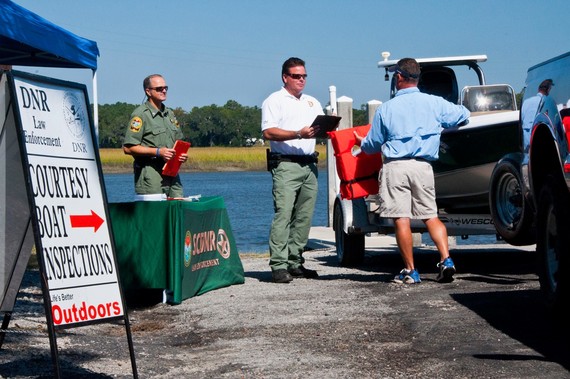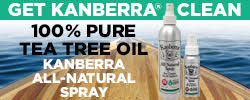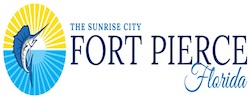2022 Letter #4 from the Bahamas by Greg and Barbara Allard
Hello everyone – This will be our last Letter from our 2022 cruise to the Bahamas. After two years of not visiting the Bahamas due to the pandemic, we were thrilled to return in March.
This trip was not without its challenges, as it was one of the windiest times in the Bahamas that we can recall.
“People who live on continents get into the habit of regarding the ocean as journey’s end, the full stop at the end of the trek. For people who live on islands, the sea is always the beginning. It’s the ferry to the mainland, the escape route from the boredom and narrowness of home.”
― Jonathan Raban, Coasting: A Private Voyage

Towards the end of May, a larger than usual number of fishing boats, center consoles and larger sportfish boats, appeared in the Bahamas from the U.S. This group had landed a beautiful yellowfin tuna. From the opposite side of the fish, they have already cut out the two large fillets which are on the table in the foreground.

Any time fish are being cleaned, sharks show up for the discarded pieces. The shark on the right is a nurse shark, relatively harmless as sharks go. However the shark on the left is a bull shark, one of the most aggressive sharks; Bahamians fear them. The bull shark has a wound on the right side of his head, likely from a spear. It is illegal to take sharks in the Bahamas.

Children on the way to school. All children in the Bahamas wear uniforms to school. With the troubled educational system in our own country, this would not seem to be a bad idea. No flaunting of expensive or trendy clothes. Every child, regardless of economic status, starts off at least on the same foot.

Bahamian Steve Johnson, the manager of the Great Harbour Marina. A hands-on accomplished professional, as well as an all around good guy.

Takiya, our waitress for lunch at the very good local restaurant Coolie Mae’s. A great smile and a terrific personality.

Once the hurricane season arrives on June 1st , cruisers in the Bahamas need to have a plan. If you are several hundred miles from the U.S., some very fast boats can “run home” if a hurricane threatens; other cruising boats do not have the speed to outrun such storms, and must find a safe harbor, dock, or anchorage. We watched as Alex, the first named storm of the season, developed into a Tropical Storm and passed over Florida. The eastern edge of Alex produced winds where we were to over 40 knots.

So it was time for us to say goodbye to the beautiful islands of the Bahamas, and begin our voyage back to the U.S. For us that meant two long passages over open ocean waters, each trip about 9-10 hours total. You can’t just leave on any day; you have to constantly monitor the weather, in particular the wind, waves and thunderstorms. Sometimes the actual weather doesn’t match the forecast, and it gets a bit “salty”, a euphemism for nasty and rough. If I am ever reincarnated, I want to come back as a weather forecaster, where I can be wrong 50% of the time, and still be paid.
After a successful passage back to the east coast of Florida, we cross to the west coast using the Lake Okeechobee Waterway. In 1937 the government created a waterway to cross the center of Florida by using the St. Lucie River (on the east coast of FL), Lake Okeechobee (a large lake in the center of the state), and the Caloosahatchee River (on the west coast). Five locks had to be built, since the lake is about 15’ above sea level, and as the boats traverse the Waterway, they have to be lifted up the level of the lake, and then down on the other side. In some places the rivers were just too small and shallow so they had to be dredged and many portions were converted into straight canals. By using the Lake Okeechobee Waterway, we save about 150 miles, instead of going around the southern end of Florida (through the Keys) and then up the west coast. With the current cost of diesel, that means a savings for us of about $1,000. The Waterway itself delivers a time-warp view of old Florida, and it’s a fascinating place.

Along the St. Lucie river portion of the Waterway, we stayed for an evening at the Indiantown Marina, a true “old Florida” boatyard. There are literally hundreds of boats stored there, on land. Some are being worked on, and are in nice condition. Others, many others, like the one in the above photo, are well past ever again going to sea.

Here is a close-up of the bow of the boat in the prior picture. The boat is made of steel, and as you can see there is “some” rust in the area of the anchor pulpit. Surprised it just hasn’t fallen off.

Along the St. Lucie, we came upon this eagle. The eagles are returning to this area, and to many other places in Florida.

We were docked in the Caloosahatchee River, part of the western Waterway, when a huge thunderstorm came through; thirty minutes later, this was the view.
____________
As you know, we avoid politics in these Letters; our purpose is to let you meet the people we encounter, and to see some of the beautiful places where we cruise.
That being said, we will end this year’s Letters with this wonderful quote:
“Politicians and diapers must be changed often, and for the same reason.” ― Mark Twain
We hope you have enjoyed these Letters and we are pleased that you could join us on this journey.
Warmest regards.
Greg and Barbara
M/V Meander
Copyright Greg Allard 2022
FV: 6/21/2022











































Be the first to comment!